Exxentric kPulley2 User manual
Other Exxentric Fitness Equipment manuals
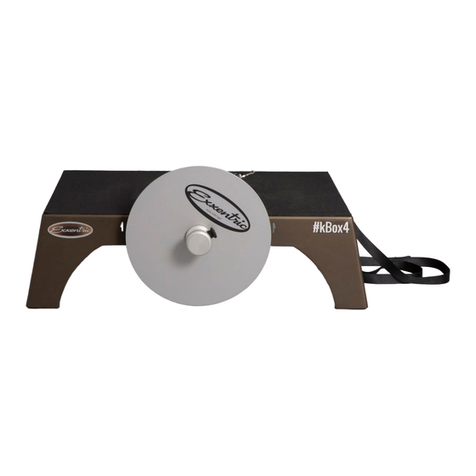
Exxentric
Exxentric kBox4 Series User manual
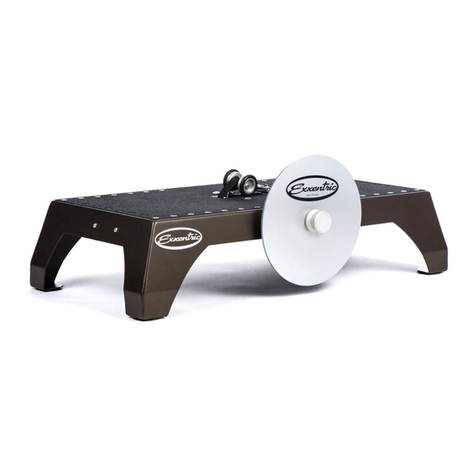
Exxentric
Exxentric kBox User manual

Exxentric
Exxentric kPulley Upgrade Kit User manual
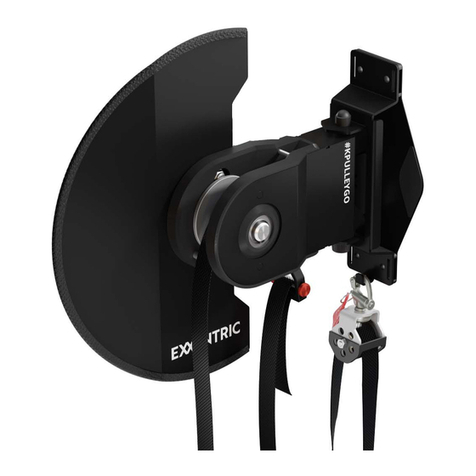
Exxentric
Exxentric kPulley Go User manual
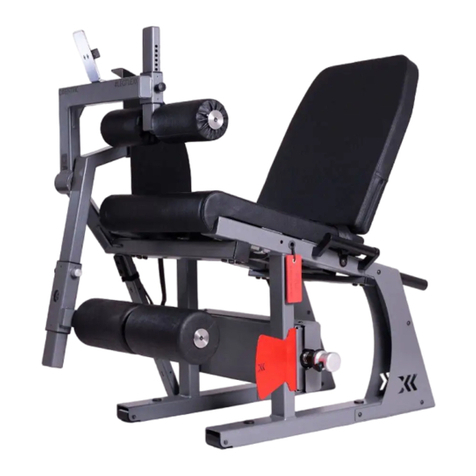
Exxentric
Exxentric LegFlexx User manual
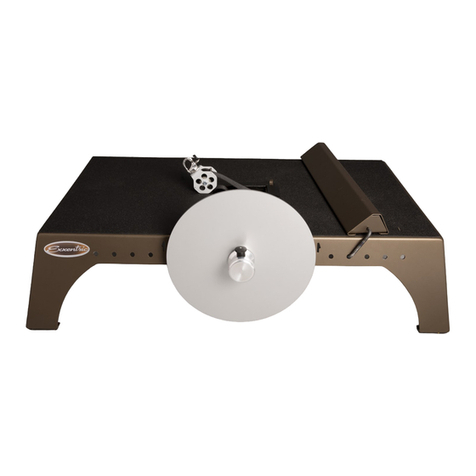
Exxentric
Exxentric kBox 4 Lite User manual
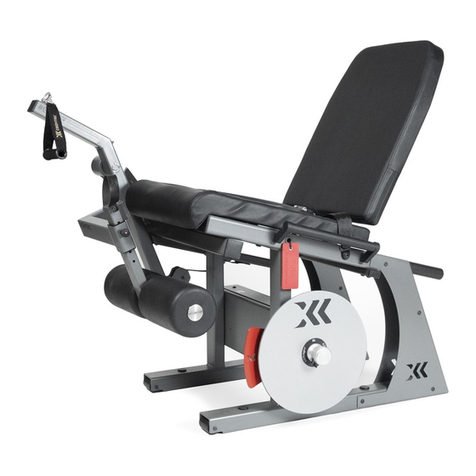
Exxentric
Exxentric LegExx User manual
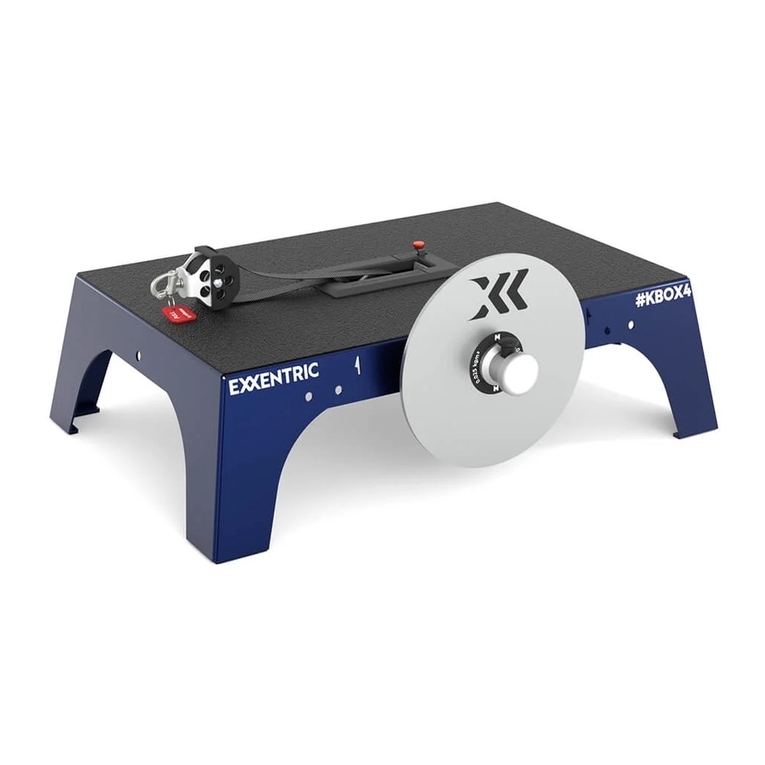
Exxentric
Exxentric kBox4 Lite User manual
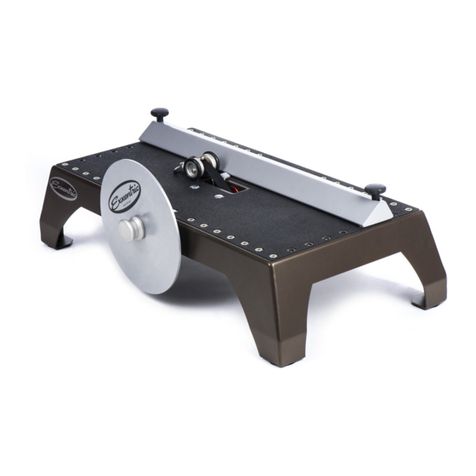
Exxentric
Exxentric kBox 3 User manual

Exxentric
Exxentric kPulley2 User manual

Exxentric
Exxentric LegExx User manual
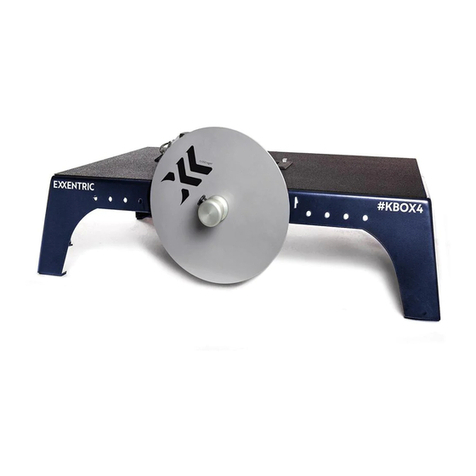
Exxentric
Exxentric kBox3 User manual
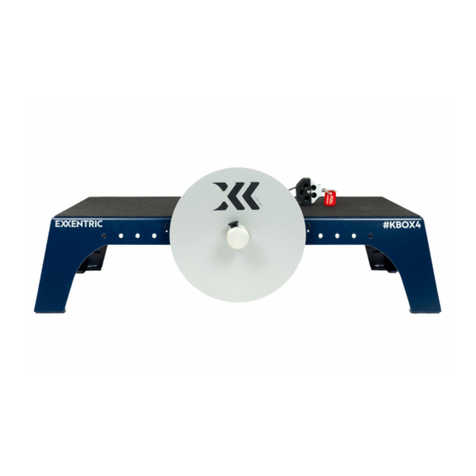
Exxentric
Exxentric kBox4 Pro User manual
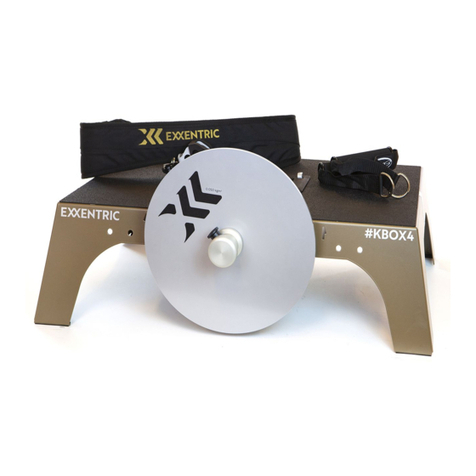
Exxentric
Exxentric kBox4 Active User manual

Exxentric
Exxentric kPulley2 User manual

Exxentric
Exxentric LegExx User manual

Exxentric
Exxentric LegExx User manual

Exxentric
Exxentric kBox4 Pro User manual

Exxentric
Exxentric kPulley2 User manual
Popular Fitness Equipment manuals by other brands

G-FITNESS
G-FITNESS AIR ROWER user manual

CAPITAL SPORTS
CAPITAL SPORTS Dominate Edition 10028796 manual

Martin System
Martin System TT4FK user guide

CIRCLE FITNESS
CIRCLE FITNESS E7 owner's manual

G-FITNESS
G-FITNESS TZ-6017 user manual

Accelerated Care Plus
Accelerated Care Plus OMNISTIM FX2 CYCLE/WALK user manual





















